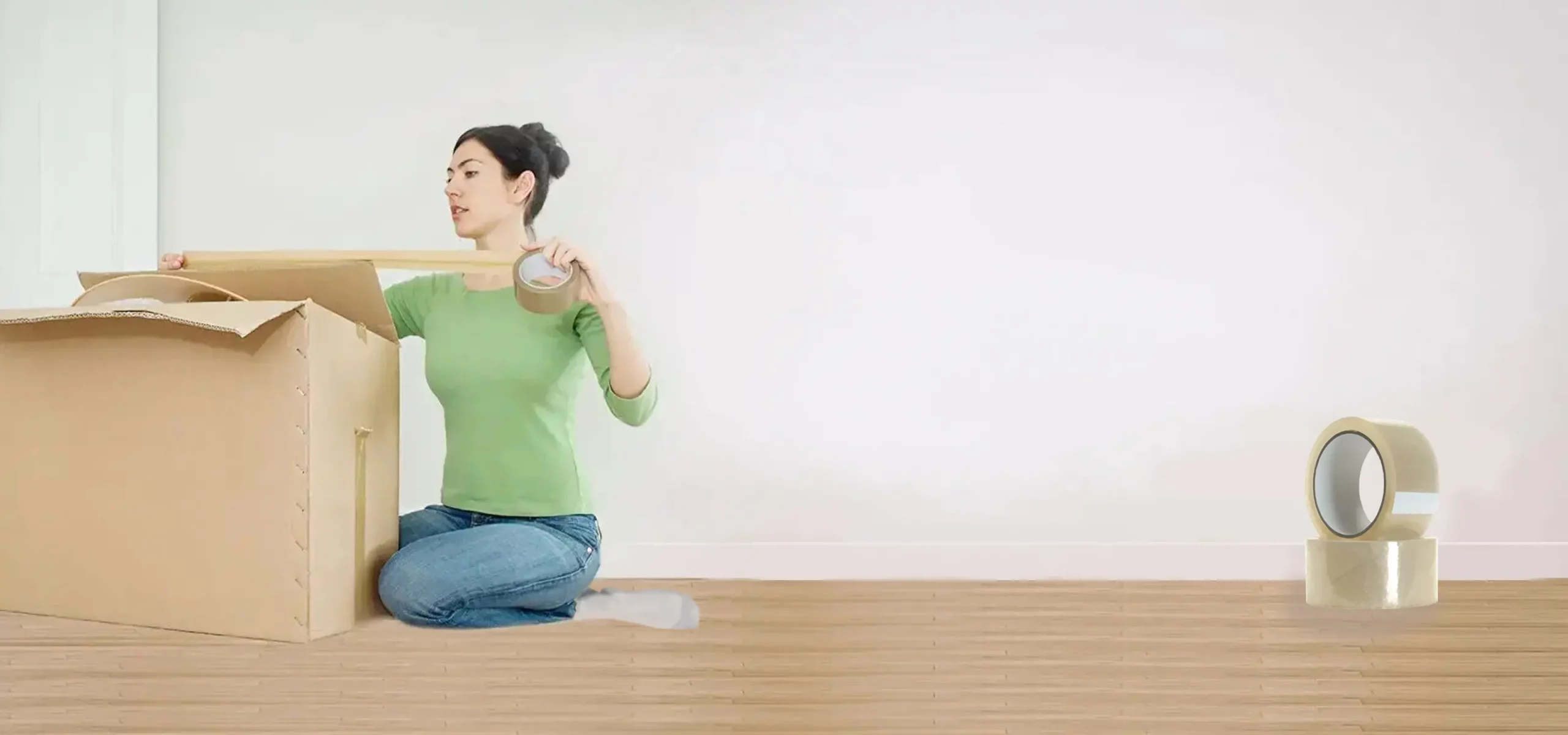
# Packing Tape: Essential Uses and Tips for Everyday Needs
## The Versatility of Packing Tape
Packing tape is one of those household items that often goes unnoticed until you really need it. This simple adhesive product serves numerous purposes beyond just sealing boxes. From quick fixes to creative projects, packing tape proves its worth in various situations.
Most people associate packing tape with moving houses or shipping packages, but its applications extend far beyond these common uses. The strong adhesive and durable material make it a reliable tool for many everyday tasks.
## Common Uses for Packing Tape
1. Moving and Shipping
The primary purpose of packing tape remains sealing boxes for moving or shipping items. Its strong hold keeps contents secure during transportation. For best results, apply tape in an “H” pattern across box seams for maximum security.
2. Temporary Repairs
Packing tape works wonders for quick fixes around the house. Use it to:
- Seal torn plastic bags or food packaging
- Repair broken book spines temporarily
- Fix cracked plastic containers
- Hold together broken toys until proper repair
3. Labeling and Organization
While not as elegant as proper labels, packing tape can serve as a makeshift labeling system. Write on the tape with permanent marker to identify boxes or storage containers.
## Choosing the Right Packing Tape
Not all packing tapes are created equal. Consider these factors when selecting tape for your needs:
1. Adhesive Strength
Standard packing tape works for most household needs, but heavy-duty options provide extra strength for valuable or fragile items.
2. Tape Width
Wider tapes (2 inches or more) cover more surface area and provide better sealing for large boxes.
3. Material
Most packing tapes are made of polypropylene or PVC. Polypropylene tapes are more economical, while PVC offers greater strength and durability.
## Application Tips for Best Results
1. Surface Preparation
Ensure the surface is clean and dry before applying tape. Dust or moisture can weaken the adhesive bond.
2. Proper Application Technique
Pull the tape straight from the roll rather than at an angle to prevent twisting. Apply firm pressure along the entire length for optimal adhesion.
3. Temperature Considerations
Cold temperatures can reduce tape adhesion. In winter months, store tape indoors and warm it slightly before use if necessary.
## Creative Uses for Packing Tape
Beyond practical applications, packing tape can serve creative purposes:
- Create temporary wall art or decorations
- Make DIY book covers or notebook reinforcements
- Construct simple crafts with children
- Form emergency rope by twisting multiple strands together
## Storage and Handling Tips
To maximize your packing tape’s lifespan:
Store rolls in a cool, dry place away from direct sunlight. Keep the tape dispenser clean to prevent adhesive buildup. Always press the loose end against the roll after use to prevent it from sticking to itself.
## Environmental Considerations
While convenient, packing tape contributes to waste. Consider these eco-friendly alternatives when possible:
- Reuse tape when feasible
- Choose paper-based or biodegradable tape options
- Remove tape from cardboard before recycling
Packing tape remains an indispensable tool for both household and professional use. By understanding
Keyword: packing tape